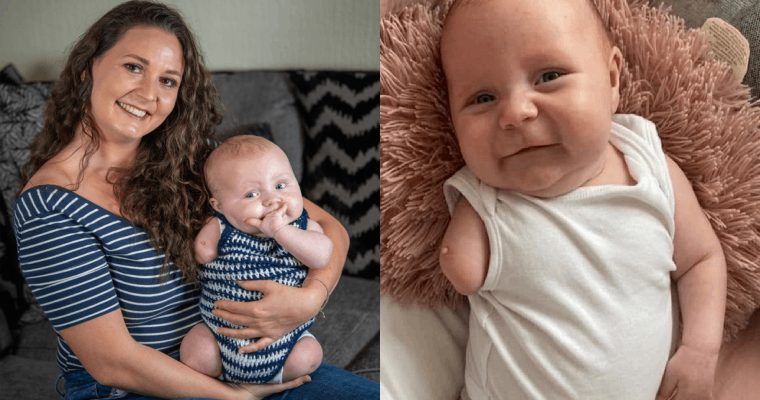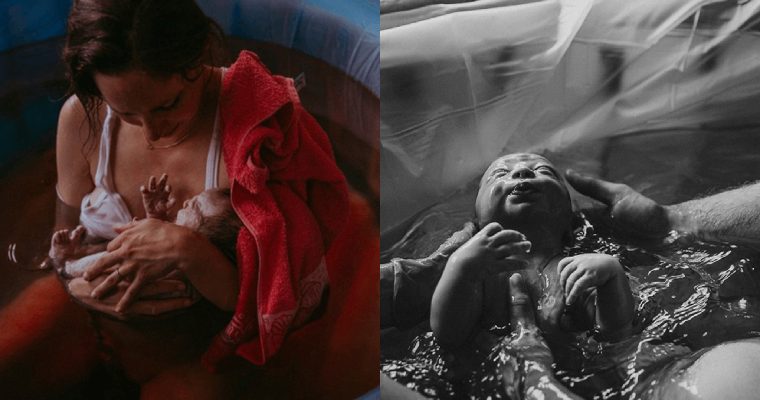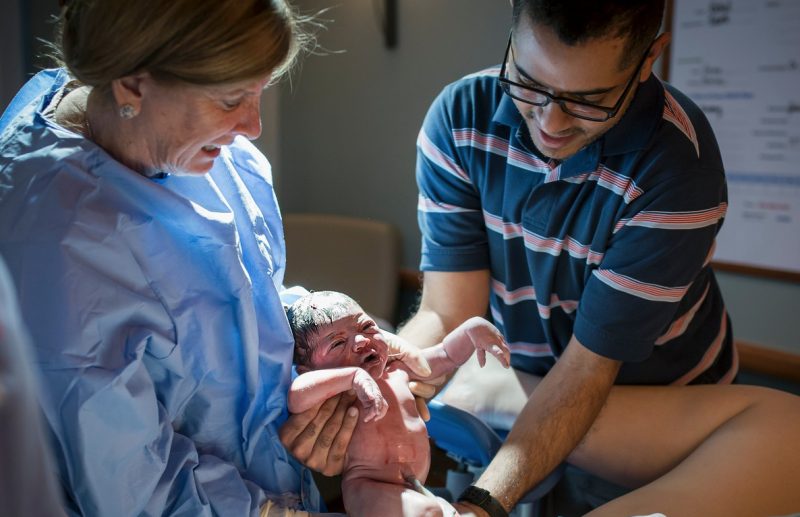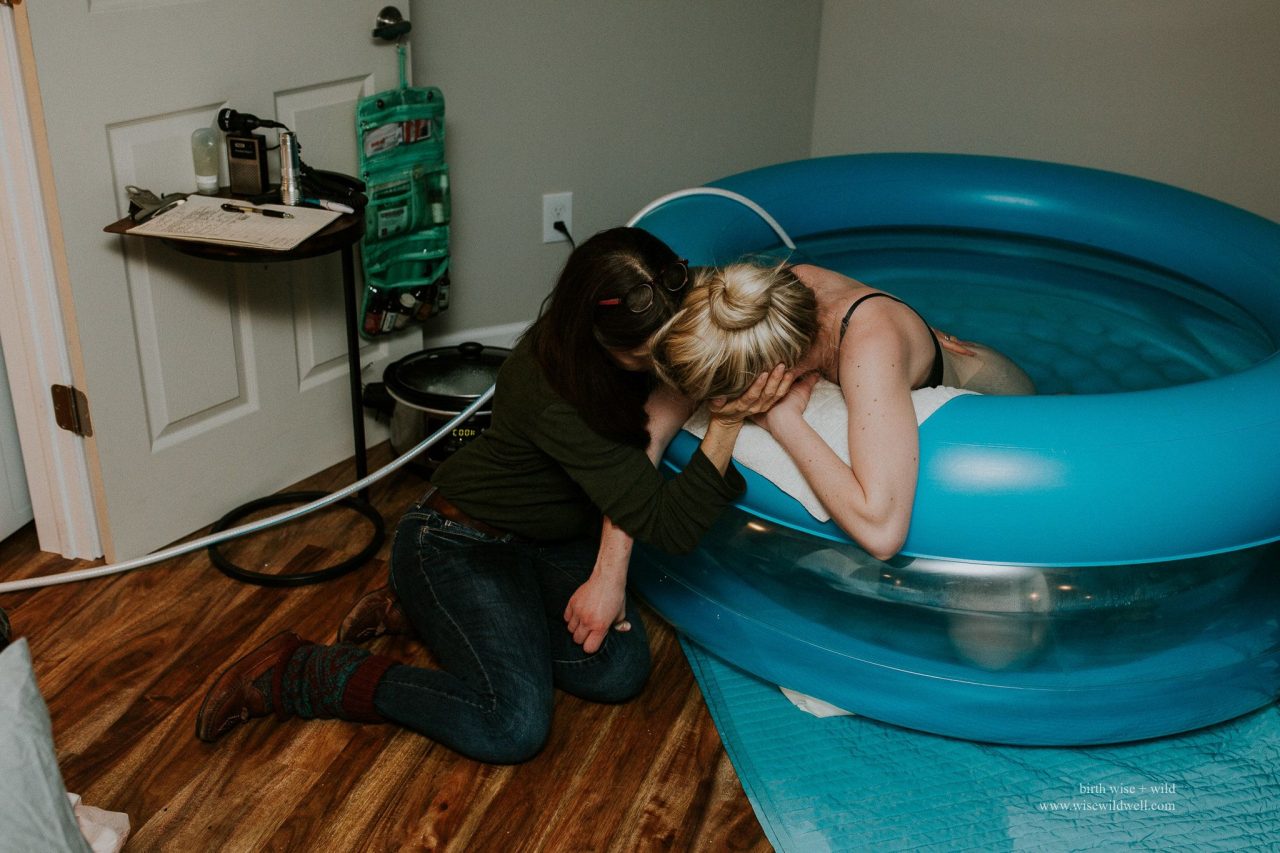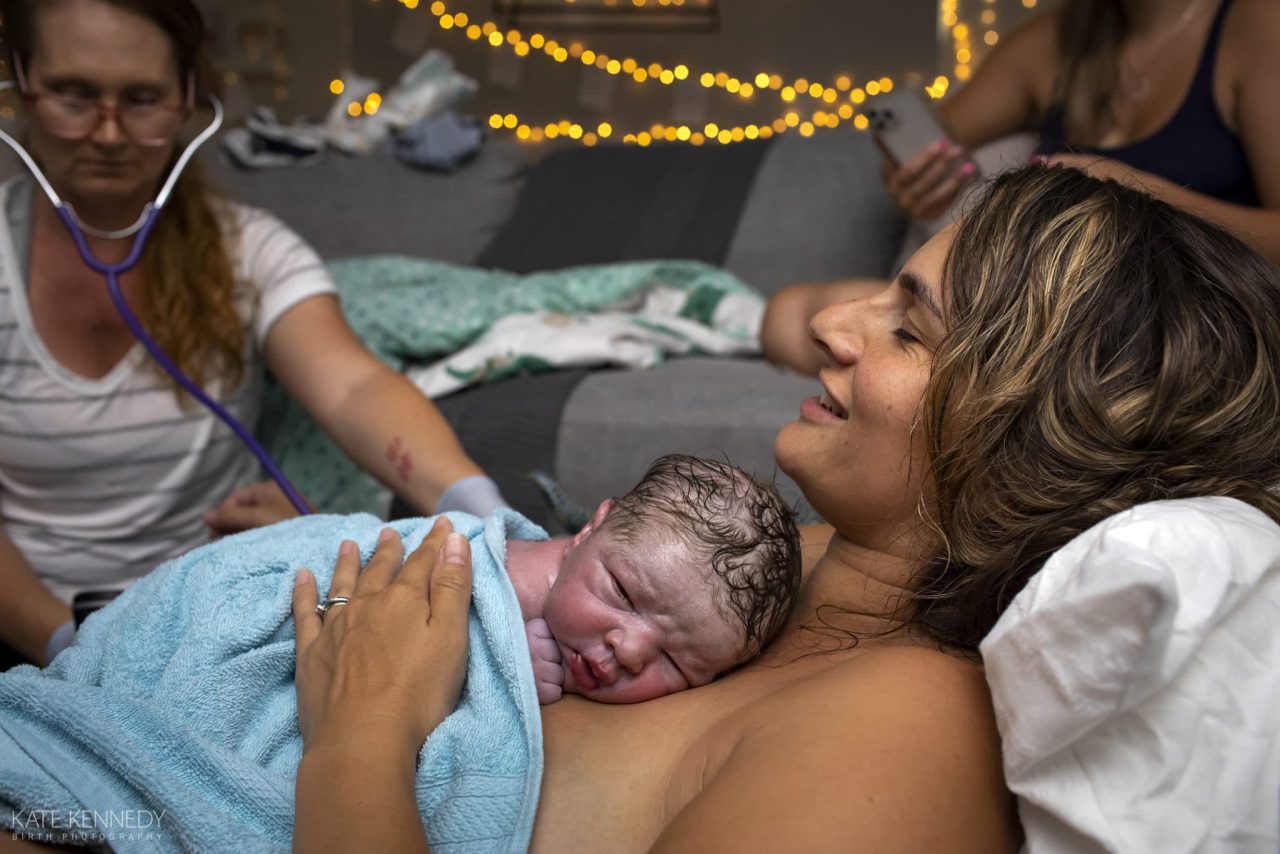After months of waiting, you can finally hold your baby in your arms. There is no doubt newborns are cute, which is lucky as they demand their parents’ attention 24/7. However, there are many interesting facts about the newest arrivals in the world that are not quite as well known. Here are some of what they are, you might be surprised.

Babies recognize us by our scent: Newborns develop their sense of smell and taste before they are born, so they quickly learn to recognise us by our natural scent. This is the reason they can be soothed when we cuddle them close.
Babies learn to talk in the womb: While babies don’t emerge from the womb talking, they do start to learn about language and sound in the womb. They can hear their mother’s voice and other sounds from about 23 weeks.

They cry without tears: While they may cry often, babies don’t actually produce tears while crying until they are at least one month old.
Their stomachs are tiny: When born, newborn stomachs are the size of a hazelnut. This is the reason they feed so often, as they cannot consume all the milk they need at once. Their stomach grows quickly, and by the time they are ten days old, it is about the size of a chicken egg.

They automatically hold their breath underwater: Newborns can naturally hold their breath when underwater and will continue to do this automatically if they are submerged in water up until they are about six months old. When they do this, their heart rate also slows to help them conserve oxygen. For this reason, babies are able to survive much longer underwater than adults can.
They prefer to face right: Babies usually prefer to face their heads right, especially when sleeping. Only 15 per cent of newborns prefer to turn left when on their backs. This is related to a gene, similar to one that creates dimples, and the preference usually fades in the first few months.

They have more bones than adults: When born, babies have around 300 bones in their bodies. Over time, these bones harden and some fuse together. By the time they become adults, they are left with 206 bones.
Source: news.motheringdiary.com



